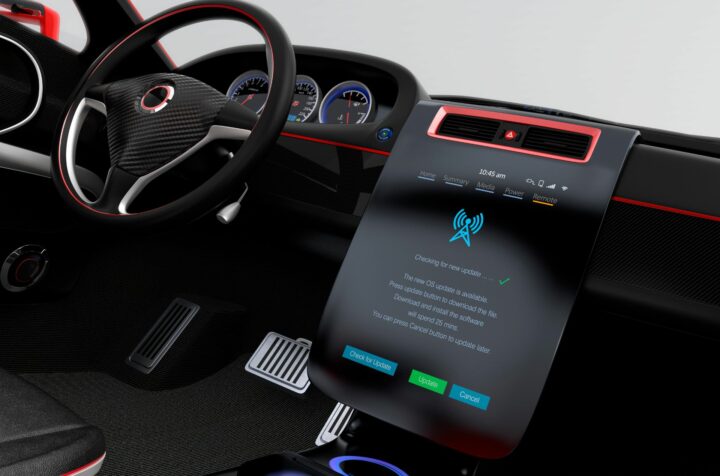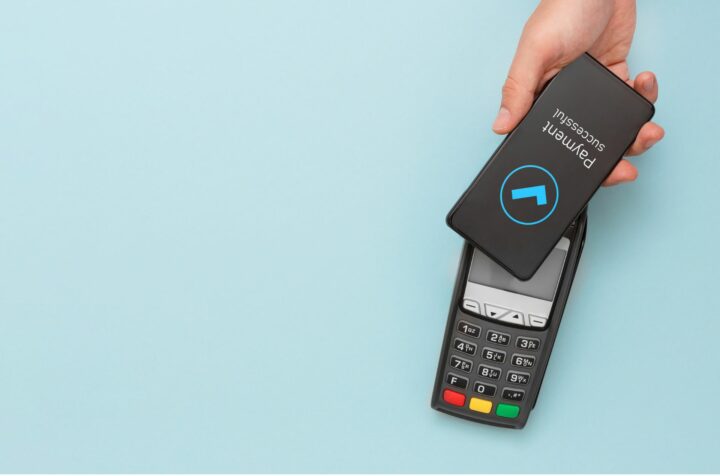Virtual reality is transforming the world around us. From gaming to cinema, virtual reality provides an unprecedented experience by placing the user in a literal world of fantasy.
However, due to the level of immersion of VR, it is essential that there is a rigorous testing process before the device is released to the public. Arguably the most important aspect of VR testing is Quality Assurance. Unlike the testing of software and apps, VR involves a full body experience. Therefore, it is necessary to monitor the functionality of the app and the comfortability of the user experience.http://http://imgur.com/a/Imedi
Furthermore, the physical nature of wearables can have negative impacts on the user that are not found in other areas of app and software testing. Motion sickness, headaches and vision difficulties are some of the unwelcomed physical effects of a VR experience. Subsequently, the level of immersion offered by VR can do more harm than good. Running forms of accessibility testing can minimize these effects, ensuring that there is as little discomfort to the user as possible.
However, for those who are long term suffers of things like motion sickness, permanently removing all harmful aspects of the experience is very difficult without compromising the level of VR immersion. Kevin Burke, head of testing for ‘Twenty Milliseconds Virtual Reality’ described the issues surrounding illness and virtual reality in a recent interview: “People would insist that they were fine, because they wanted to keep playing, even if they began sweating and you could observe their skin turning pale.” Therefore, the psychological instinct to hide ailments only adds to the issues surrounding testing VR. http://imgur.com/a/ogkC2
The testing of VR requires a completely different process to typical app and software testing. There still needs to be the functional tests for standard bugs that can be found in apps and software. However, the physical essentiality of wearables in VR brings with it a series of unique issues for testing.
Striking a balance between eliminating any issues of user experience but not detracting anything from being placed in an alternate reality will always be an issue for testing VR. Despite this, Testbirds’ past experience with VR testing and emphasis on giving each tester device-specific training before taking part in the test has proved a valuable way of reducing the negative effects.VR is one of the most exciting technological advances at our disposal and we should forever be fascinated and intrigued by what it can be capable of!
However, VR will only continue to be successful if the necessary testing procedures are taken, with a particular emphasis on QA and user experience.








